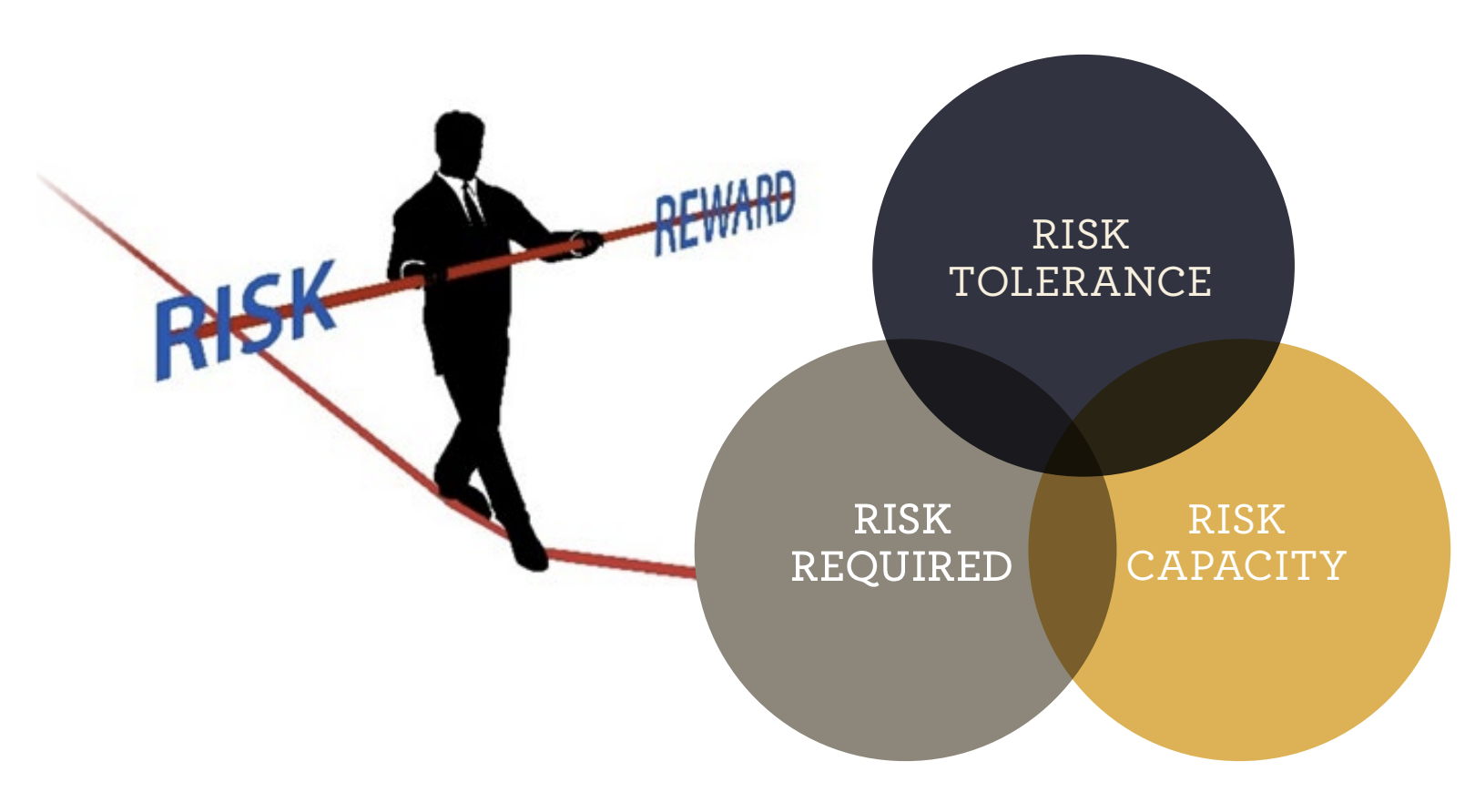Know your risk profile!
Today we are experiencing risks in the following areas: interest rate and inflation, political and economic, health and legislative.

This can cause stress and worry. The positive is that Markets have built into current pricing the above sectors risk. What does this mean, investments can be bought with the current risk adjusted price included which will provide much better longterm returns.
Investments such as property, direct shares, managed funds, exchange traded funds and term deposits all offer different risk profiles and as such different returns. The saying goes “ The higher the return the higher the risk”.
Where do you sit in relation to your risk profile? Are you a growth investor or a conservative investor? If the markets fell by 15% in a day, would you panic and plan to sell? Or hold and wait for a recovery? These questions and more make up your risk tolerance. When Covid hit in February 2020, the markets dropped by over 20% in a short time frame. If you sold at the bottom, you would have made a loss and still be recovering. If you waited for the market to improve and did nothing you would have seen the markets return to the pre-existing level and grow substantially. Many clients who have a growth Risk profile decided to buy in this dip and make an investment return of over 30%.
Risk profiling is the process of calculating attitude to risk. The process should find the optimal level of investment risk by balancing risk requirements ,risk capacity and individual risk tolerance.
We receive many new enquiries from people of all age groups who quote “I am disappointed in my super balance and the performance. Why has my super balance not grown? ”One of the answers may be that after the internal 15% super tax deduction has been calculated, they are in fact invested 100% in a default super option, and these are predominantly based on a conservative profile and asset mix. It is very important to understand and know your investment strategy and the investment mix within your super fund and outside super. Understanding your tolerance for financial risk is an essential step in successful retirement planning.
Risk profiles can change over time and at different stages of life. As you head into retirement, you may wish to preserve your funds and reduce your level of risk whereas when you are commencing full time employment and in your 20’s and 30’s many people tend to take on more risk and opt for growth portfolio’s. Time frames and the ability to wait out down turns and economic uncertainty is different at each stage of life.
When you meet with a financial planner for an initial first meeting or an annual review you will complete a risk profile questionnaire and discuss your investment goals, objectives, and time frames. This is a very important part of the financial planning process that creates clarity and peace of mind to move forward.
When was the last time you completed a risk profile questionnaire? Please call us to review your risk profile and investment strategy.

